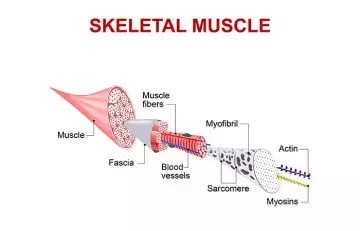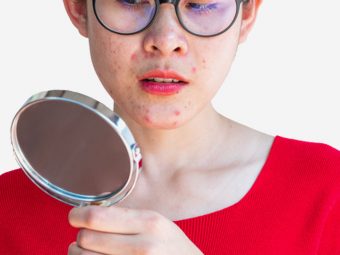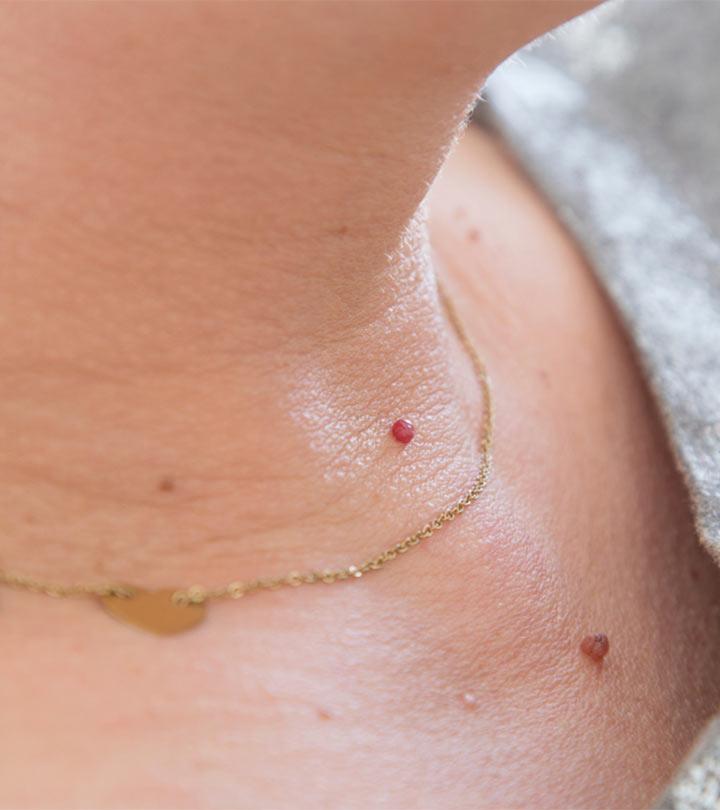Here’s Why Your Regular Skincare Routine Should Be More Than Just “Skin-Deep”

Image: Shutterstock
Let’s face it, a bad skin day can ruin your entire day. In order to make your skin look great, you need to ensure that even the inner layers of your skin are well nourished. However, it’s important to note that your anti-aging efforts have to go deeper than skin deep. To understand why your skin might be breaking out or showing signs of aging, you need to switch up your skincare routine and go deeper than just topical products. While your epidermis might be your first layer of defense against the outside elements, nourishing your skin from the inside is important as well. Did you know that your skin also contains a layer called fascia, which is a band of connective tissue beneath the skin that stabilizes, attaches, and even separates muscles and other internal organs from your skin? So let’s take a deeper look at what fascia exactly is and how we can improve the texture of our skin to look young for longer:
What Exactly Is Fascia And How Does It Change As We Age?
There are three kinds of fascia that we know of. They are called deep fascia, superficial fascia, and visceral fascia. Deep fascia is a fibrous connective tissue that surrounds areas like your nerves, muscles, and blood vessels. Superficial fascia is what connects your skin to different connective tissues. Finally, visceral fascia refers to the lining for your internal organs. Fascia is basically like the scaffolding of a building for your body. It holds everything into place and prevents your muscles from sagging or getting loose. Fascia shows up differently in different parts of your body (1).
In its normal state, fascia is wavy and relaxed in texture and can thus move about easily. However, these tissues can often suffer from inflammation and scarring due to physical trauma and become less pliable. This leads to your fascia becoming tense, tight, and restricted. As your cells age and your collagen and elastin production starts to diminish, it starts to take a toll on your fascia as well. There are many effective ways to not only boost the production of collagen and elastin in your skin, but improve the texture of your fascia as well. So let’s take a look at some ways in which you can help your skin retain its youthful glow and improve in density.
1. Do Cardio And Stretches
If you’re someone who prefers lazing about and whose idea of skin care involves overindulging in face masks, this is for you. In order to improve the texture of the fascia that is present under your skin, you need to engage in a decent amount of cardiovascular exercises to boost blood circulation in your body. It’s important to stretch your muscles as they can be tensed and stretching which helps elongate them can help ensure that the fascia surrounding it retains its pliability.
2. Focus On Mobility
Immobility can cause a lot of issues for your body. It can cause issues like irregular arrangement of collagen tissue as well as cause a cross-linking between the fascial layers. Hence, it is important to add mobility training to your workouts as they can help improve the circulation of blood in your body. Another way to improve fascia resilience is to use a foam roller during your regular stretches. Foam rollers can help improve blood circulation and this will help your fascia gain adequate amounts of nutrition and oxygen.
3. Stay Hydrated
It is crucial for you to stay hydrated throughout the day and ensure that you drink at least four to five glasses of water every single day. When your fascial tissue is dry and dehydrated, it can become brittle and easy-to-break. But when they are well hydrated and wet, they are resilient in texture and springy as well. You can also make use of topical creams that can boost collagen production in your skin.
4. Add Massages To Your Routine
In order to ensure that your fascia remains on point, it is important to add massages to your daily routine. Fascial release is a technique in which tight fascia muscles are loosened through the process of massage. By using physical manipulations, you can stretch out the tight fascia that will slowly start to allow for you to have greater mobility. Massaging your body can also help loosen and improve the appearance of cellulite. The result of this is smooth and relaxed skin that appears more youthful and healthy.
5. Don’t Crash Diet
If you repeatedly lose and gain weight, it can cause an issue to your skin and lead to sagging, stretch marks and even wrinkles. Crash dieting does not provide you with the essential minerals and vitamins that your body needs. Over long periods of time, this type of dieting will start to show on your body and you will notice that your skin looks more aged and appears way beyond its years.
In the end all that matters is that you ensure you get the right nutrients to make sure your skin looks youthful and can retain its glow. Do let us know all your thoughts in the comment section below.




























